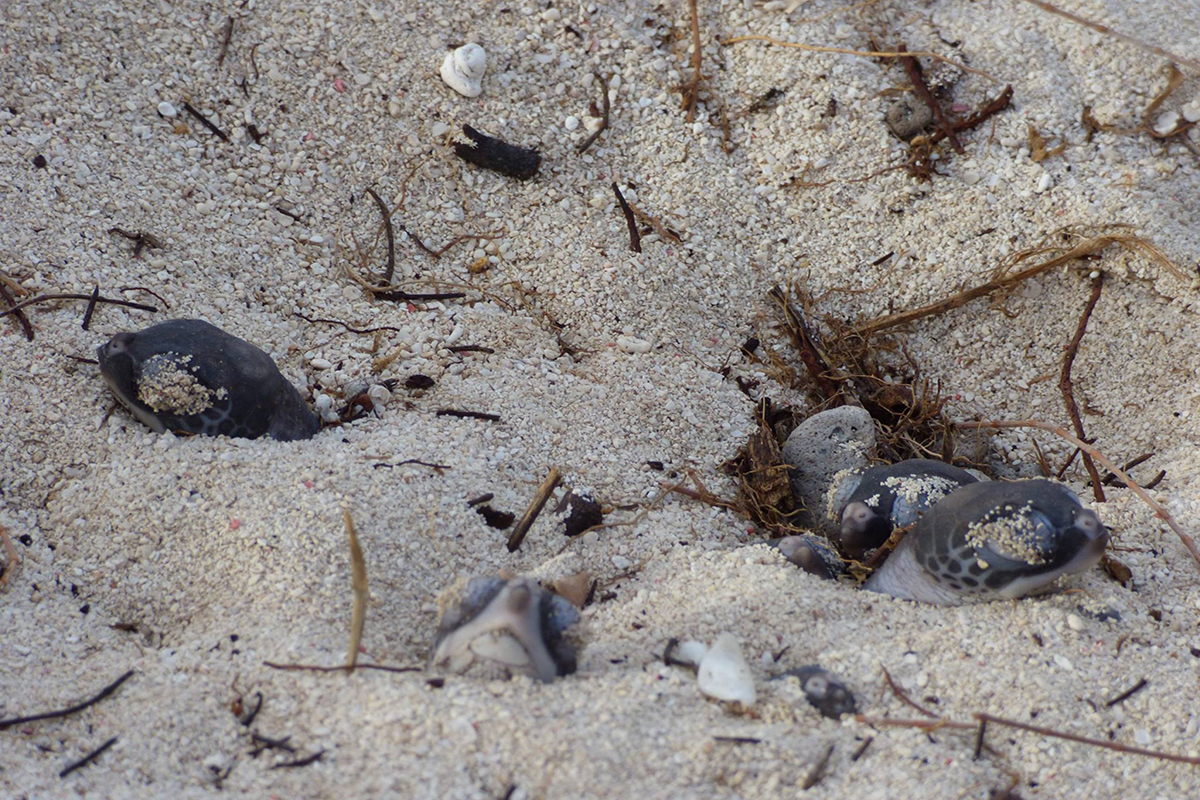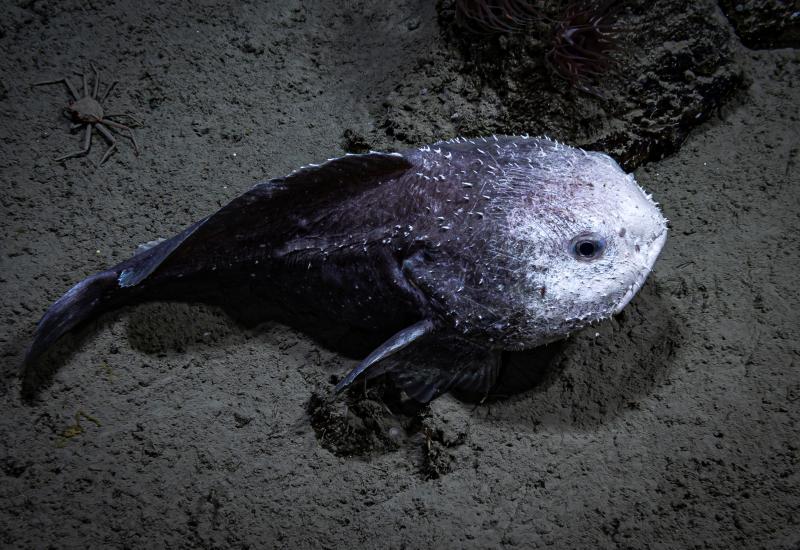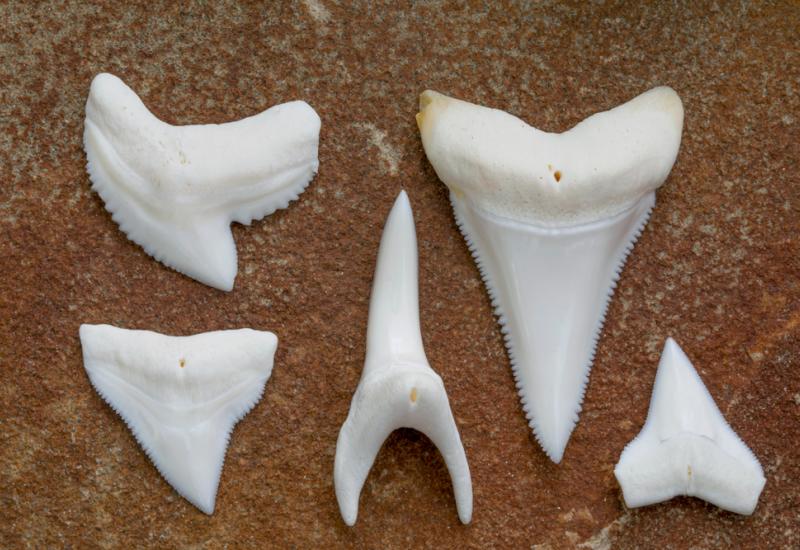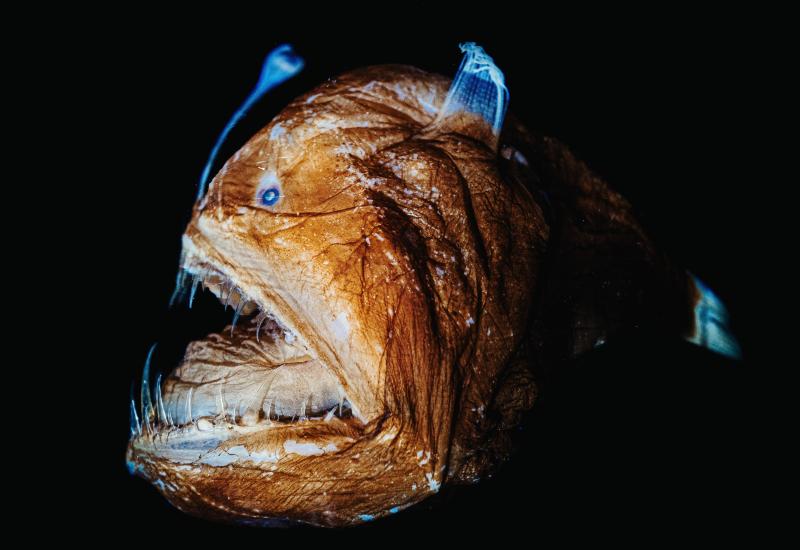How Do Sea Turtles Breathe? Fun Facts You Should Know about Sea Turtles.
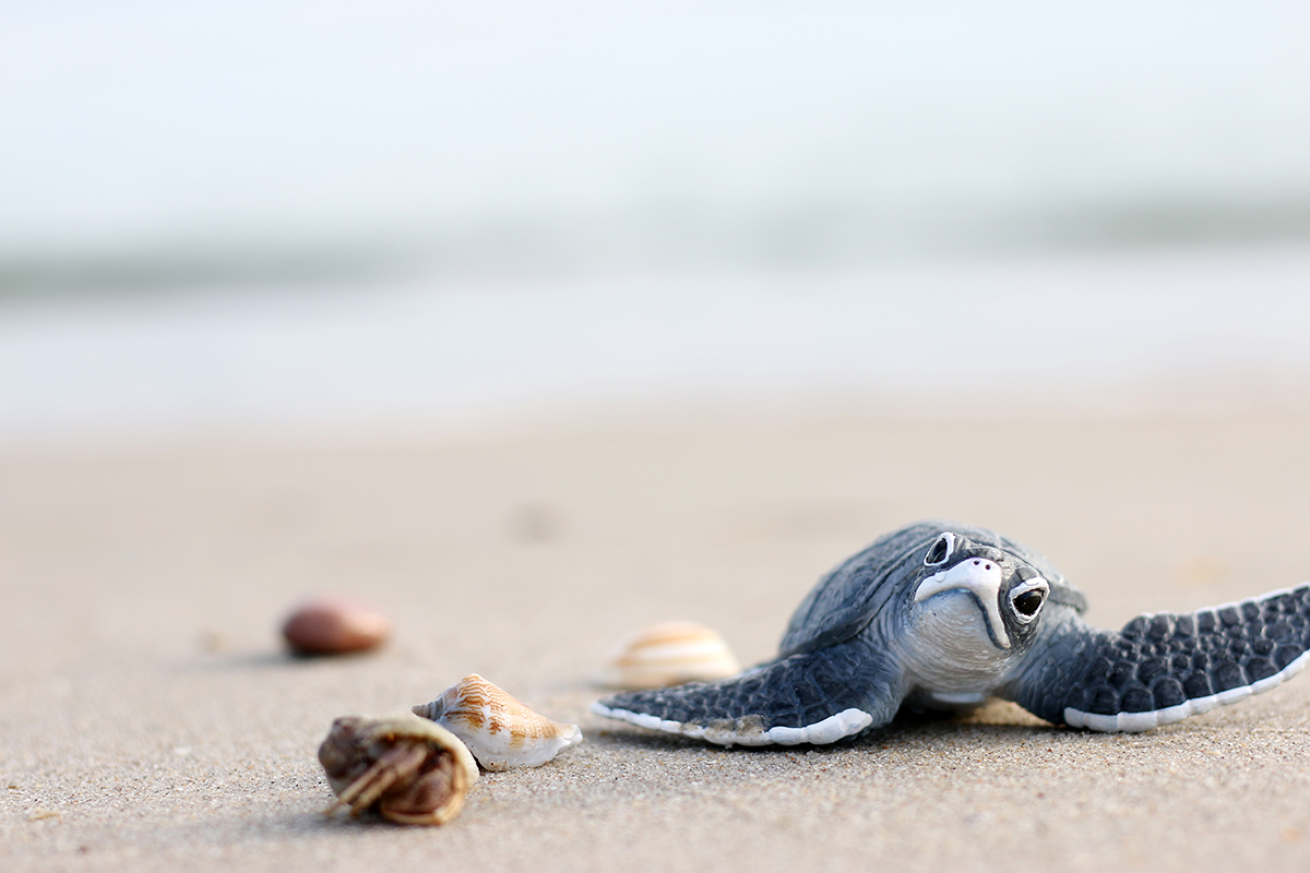
Shutterstock.com/Kathayut KongmaneeAlthough sea turtles spend most of their lives underwater, they lay their eggs on sandy beaches.
Other than sharks, sea turtles are my favorite marine critter to encounter on a dive. I’ve also been fortunate enough to participate in releases of rehabilitated sea turtles, and joined the U.S. Fish and Wildlife Service to patrol nesting beaches at night. I’ll never forget any of these incredible experiences.
I know I’m not alone in loving these graceful and fascinating marine reptiles. If you’re looking to know about sea turtles, their biology, their behavior, and their conservation challenges, you’re in the right place.
What is a sea turtle? How many species of sea turtle are there?
Although they live in the ocean (except when laying eggs), sea turtles are reptiles closely related to their land-based cousins. Other marine reptiles include sea snakes, saltwater crocodiles, and marine iguanas. One major difference between sea turtles and their terrestrial cousins is the marine breeds cannot pull their heads or flippers into their shells–and those flippers are adapted for swimming rather than walking.
There are seven species of sea turtles: green, hawksbill, leatherback, loggerhead, Kemp’s ridley, olive ridley and Australian flatback.
How do sea turtles breathe? How long can sea turtles hold their breath?
Despite spending most of their lives below the ocean surface, sea turtles cannot breathe underwater! They need to breathe air as they do not have gills so they cannot extract oxygen directly from the water.
Some species of sea turtles can hold their breath and remain underwater for an hour or more, especially if they’re resting rather than actively swimming or foraging.
What do sea turtles eat?
Different species of sea turtles have different diets. Hawksbill sea turtles often eat sponges (which are animals, making the Hawksbill sea turtles carnivorous!). Other species are typically omnivores, eating plants and algae like seaweeds and seagrasses, fish and invertebrates like crabs, conchs, shrimp, sea cucumbers and soft corals.
Leatherbacks are the turtle that most commonly eats jellyfish, making them vulnerable to accidentally eating plastic bags that look like jellyfish in the water column.
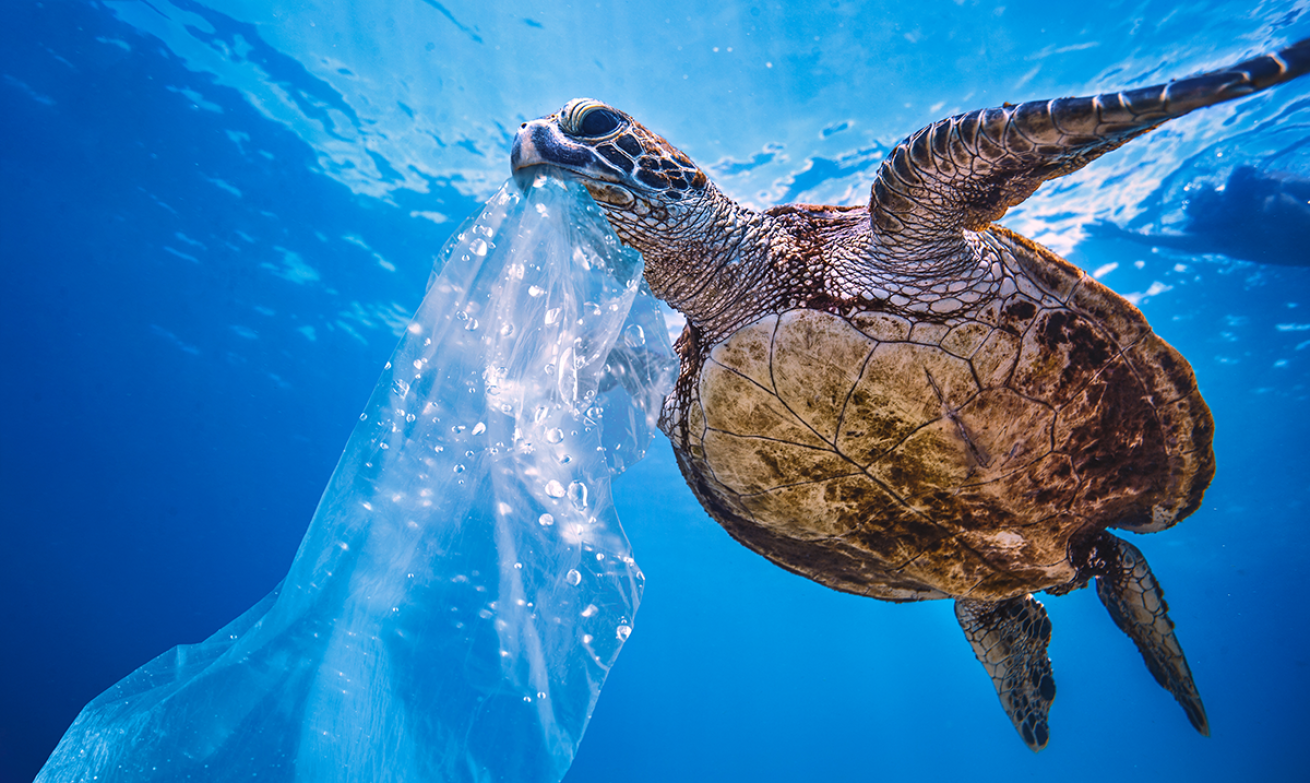
Shutterstock.com/Willyam BradberrySea turtles are one of the ocean animals that confuse plastic waste with food, which can lead to lethal internal blockages.
What eats sea turtles?
Baby sea turtles are the potato chips of the beach. They are snacked on by all manner of animals, including birds and raccoons, and all kinds of fish (if they make it to the waterline). This is why turtles lay so many eggs—most of them won’t survive even a few hours after birth, let alone to adulthood.
Once a sea turtle survives to adulthood, few predators have strong enough teeth and jaws to get through their shell. Those that do include large sharks, especially tiger sharks and orcas.
When do sea turtles lay eggs? When do sea turtles hatch?
Sea turtles come to shore to lay their eggs on a beach, using their rear flippers to dig a nest. In Florida, home to some of the best-studied sea turtles, nesting season is generally considered to encompass May through October, though it varies slightly by species and in different parts of the world.
Notably, several species will lay eggs more than once per season. According to the Florida Fish and Wildlife Conservation commission, this results in tens of thousands of nests laid every year on Florida beaches, each with about 100 eggs. Though incubation period varies by species and location, generally it takes about two months between when eggs are laid and when babies hatch and make their mad dash for the ocean.
How long do sea turtles live?
Some species of sea turtle can live for more than 50 years!
Why are sea turtles endangered?
Sea turtles face many threats, including habitat disruption and loss from humans building on the beaches where they like to lay eggs, ATVs crushing nests full of eggs, poaching, bycatch and climate change and sea level rise. The sex of a sea turtle is determined by how warm the sand is when the egg incubates, so changing temperatures are disrupting adult sex ratios.
How big can sea turtles get?
Leatherback sea turtles are the largest sea turtle species, and they can grow over 1,000 pounds! The smallest species is the Kemp’s ridley, which is only 70-100 pounds as a full-grown adult. Loggerheads and greens can grow up to around 300 pounds.
How do sea turtles sleep?
Some sea turtles rest at the surface, while others wedge themselves under rocks, or even in sponges. Since they cannot breathe while underwater, they only sleep for relatively short periods at a time, not all night.
What color are sea turtles?
Leatherback sea turtles are typically dark in coloration, with white splotches on their skin. Most other sea turtles are some combination of yellow, green, and brown. Interestingly, green sea turtles are called that because their fat is green from their plant and algae heavy diet, not because of their skin or shell color.
How fast can a sea turtle swim?
While a cruising sea turtle can easily outswim a diver, these animals are pretty slow compared to other marine life. This is part of why they rely on a shell for defense—they just aren't fast enough to escape their predators. According to the Smithsonian Ocean Portal, a typical cruising speed is just a few miles per hour, with occasional “burst speeds” of about 20 miles per hour. Leatherback sea turtles are the fastest and can cruise at about 22 miles per hour.
What is a group of sea turtles called?
A group of sea turtles is called a “bale.” That said, these cutesy animal groups names are rarely actually used outside of internet listicles or pub trivia. I’ve never once heard a group of sharks called a “shiver” in any professional setting.
In fact, I’ve been campaigning to change it so any group of animals can be correctly described as a “herd.” (Then you say “A herd of fish?” And then I reply “Of course I’ve heard of fish, I’m a marine biologist!”)
Ask a Marine Biologist is a monthly column where Dr. David Shiffman answers your questions about the underwater world. Topics are chosen from reader-submitted queries as well as data from common internet searches. If you have a question you’d like answered in a future Ask a Marine Biologist column, or if you have a question about the answer given in this column, email Shiffman at [email protected] with subject line “Ask a marine biologist.”

Courtesy ImageDavid Shiffman
Dr. David Shiffman is a marine conservation biologist specializing in the ecology and conservation of sharks. An award-winning public science educator, David has spoken to thousands of people around the world about marine biology and conservation and has bylines with the Washington Post, Scientific American, New Scientist, Gizmodo and more. Follow him on @WhySharksMatter on Twitter, Facebook and Instagram, where he’s always happy to answer any questions about sharks.
The views expressed in this article are those of David Shiffman, and not necessarily the views Scuba Diving magazine.

